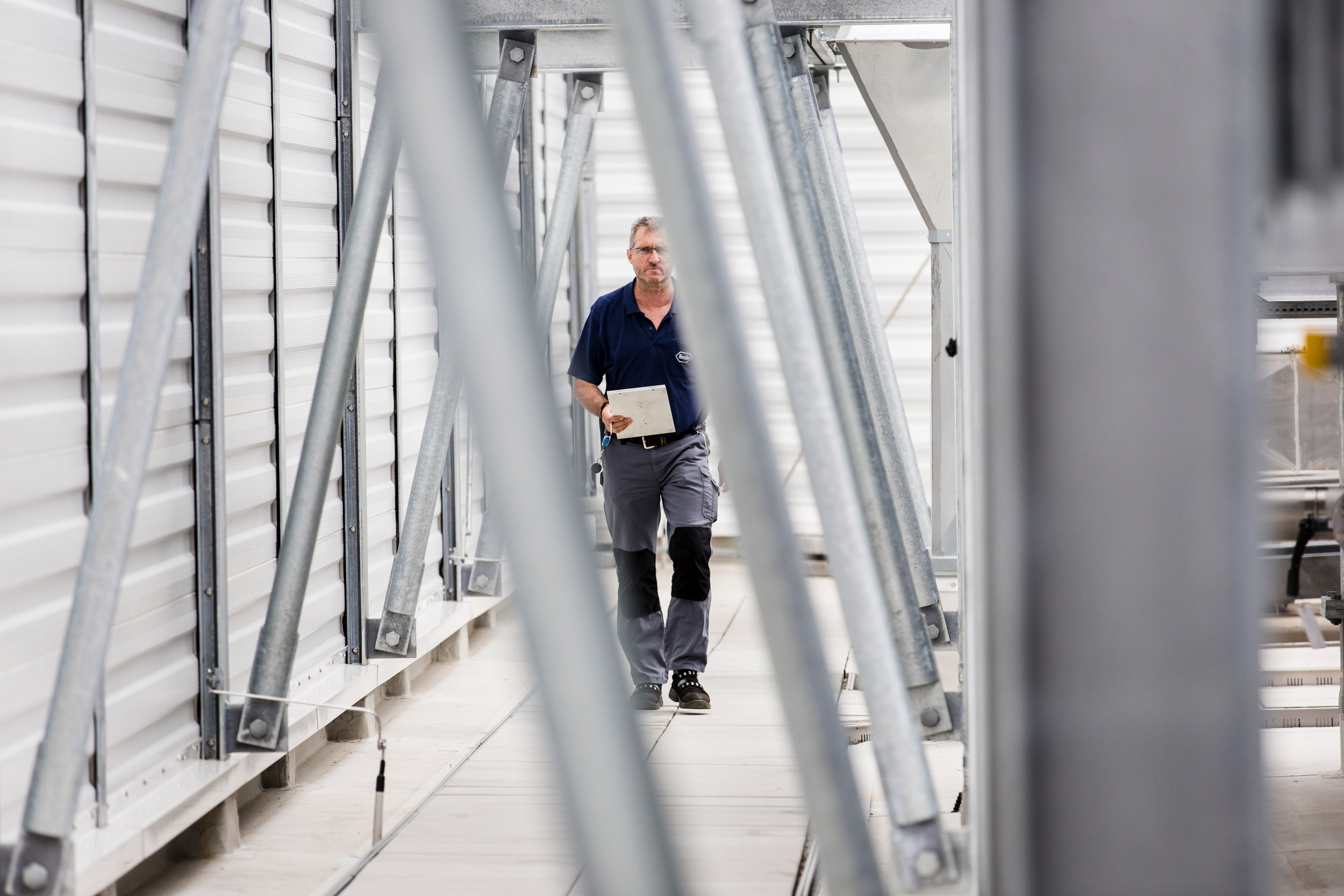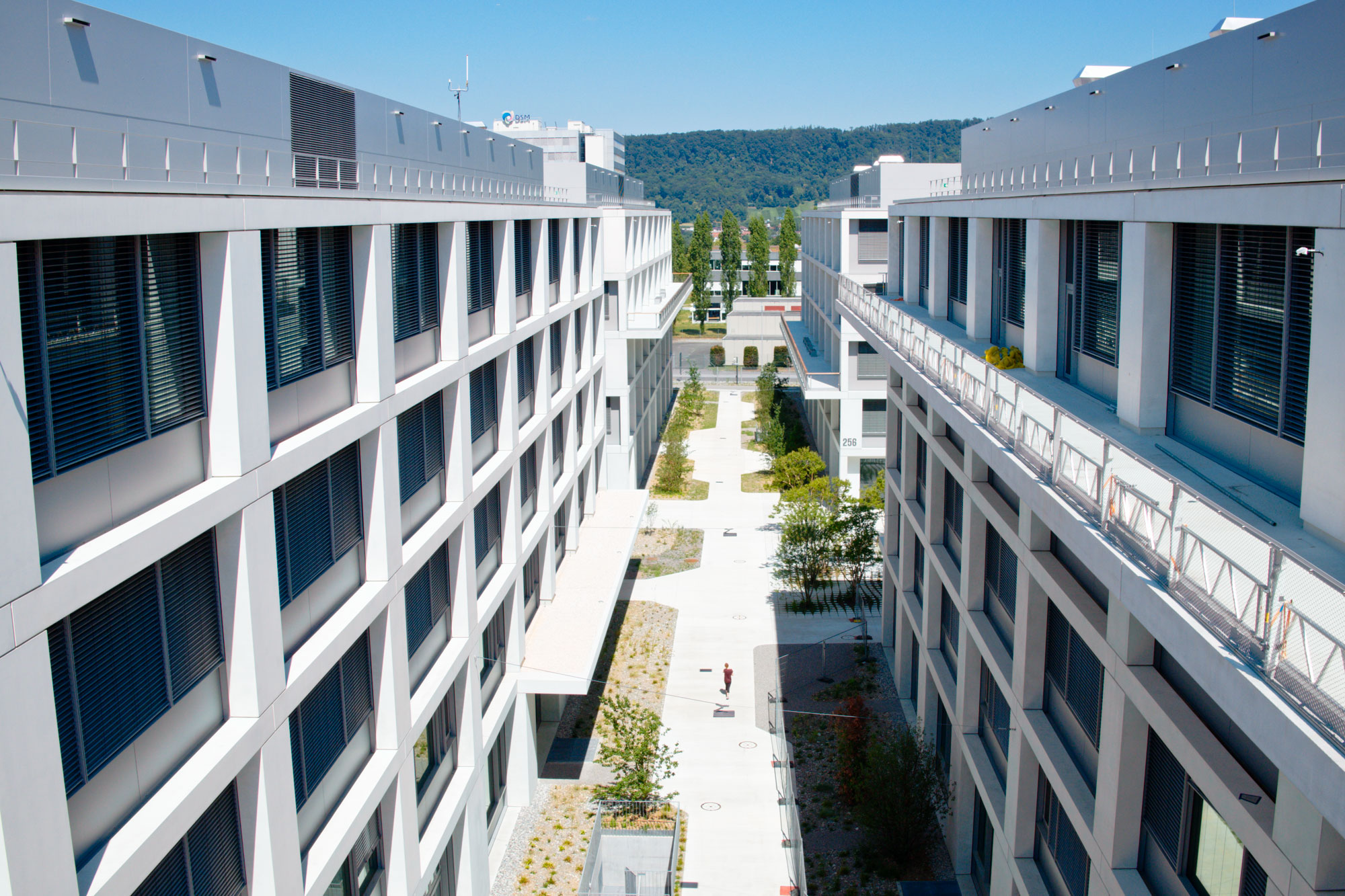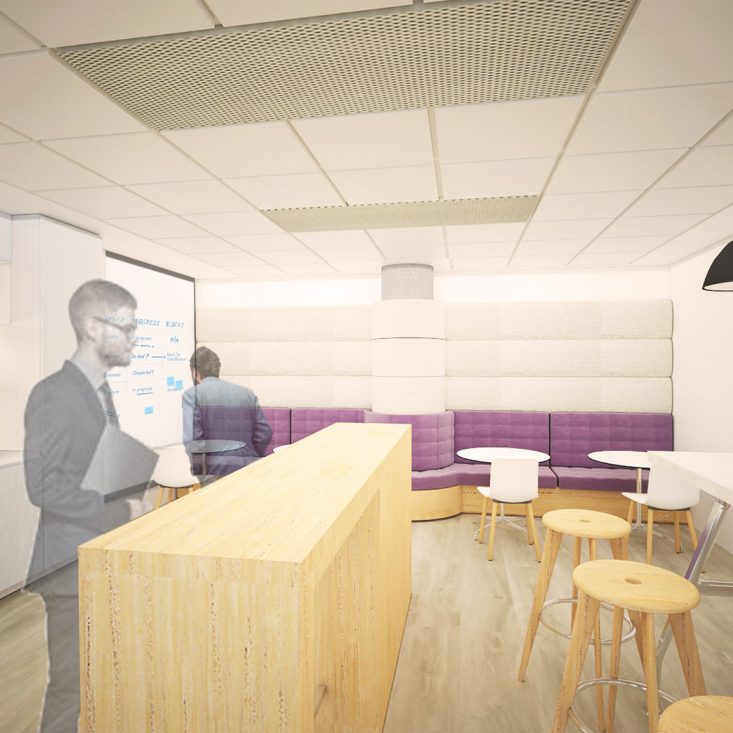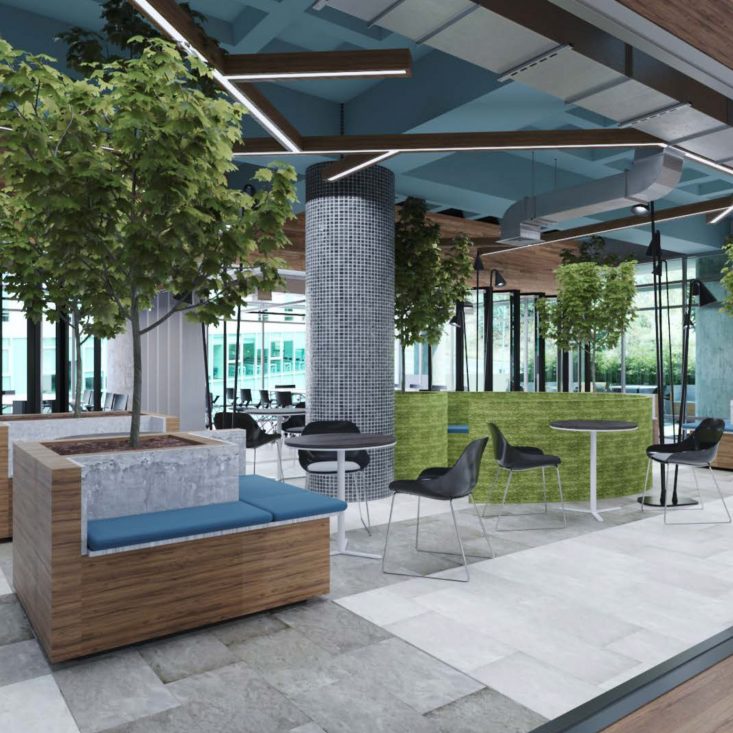
Easy maintenance
Ensuring optimal building performance over time supports sustainability and our health and safety.
Down“We cannot solve our problems with the same thinking we used when we created them.”Albert Einstein – Theoretical physicist
Planning ahead
Building performance and maintenance strategy go hand in hand and need to be carefully defined and planned at early
stage during the design phase. Sustainable efficient buildings should be optimum in its operation. Making sure equipment is properly serviced and maintained means lower energy costs and extended life.
Environmentally friendly strategies should be implemented, including low maintenance and durable systems and materials. The implementation of new technology and best practices to improve building’s operation need to be planned.
- Prescribe durable and easy reparable materials such as wood, tiles, and polished concrete, among other options. Provide easy to operate access panels for maintenance of ceiling installations.
- Furniture should be raised from the floor at least 20 cm to allow for optimum cleaning.
- Provide skirting, easily cleaned materials. Use washable stain-resistant materials.

- Design architectural façade solutions made of durable materials, resistant to sun abrasion, rain, wind, or any specific climate conditions of the site.
- Use high-density (nonporous) cladding panels, which prevent dirt from penetrating and microorganism propagation.
- Ensure hermetic, weather-tight openings to avoid water or air filtration.
- Define an appropriate maintenance strategy at an early stage to ensure easy access for cleaning and repair, in alignment with the facility management responsible.
Safety considerations
- Choose flooring materials that require minimal gaps or joint lines.
- Avoid sources of slips, trips, and fall hazards.
- Use non-combustible and low toxicity materials
- Mark glass doors and walls to prevent injury.
Don’t
-

Avoid porous surfaces, specially fabrics in areas with food.
-

Use stain-resistant or cleanable materials. Avoid using light colours on furniture fabrics and light-coloured carpets.
-

Avoid introducing plants, which require high water consumption for irrigation.
Key to Easy maintenance
- Select durable, resistant, easy-to-clean materials and design solutions.
- Plan low maintenance systems and easy accessible HVAC and MEP installations.
- Practice a low water use green concept.
- Define a Life Cycle strategy based on the Dia Life Cycle Asset Management (LCAM) process.
- Follow the building operation manual. Use the building management system to monitor, analyze and reset for optimum efficiency in operation.